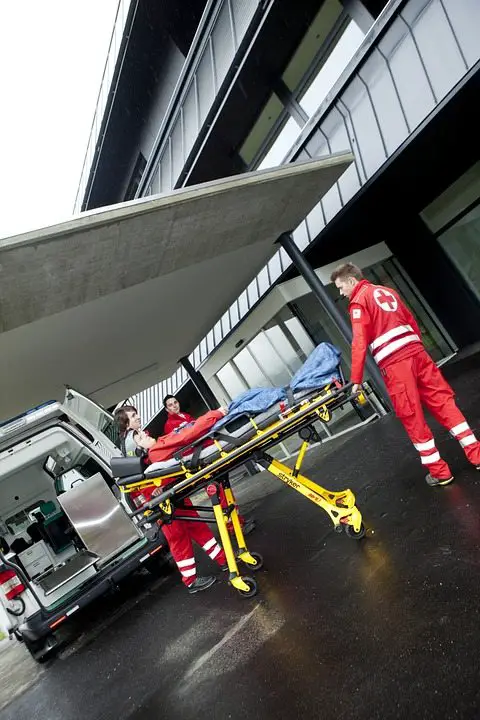
Bullet wounds, stabbings, motorcycle accidents, falls, and blunt trauma from severe car accidents. These are some of the incidents that comprise most of the trauma at a level-one trauma center. But, let’s say you attend a program that does not have a level one trauma center, and you don’t see as many of these cases. Are you at a loss compared to your colleagues who do? And, what are the consequences for your future practice of radiology? Will you be a second-class radiologist? For many of you that have to decide on a residency with or without a significant trauma component, these questions cast doubts on some training programs. As I have trained at a level one trauma center and have been operating a residency without one, we will go through the training from a level one trauma you might “miss” during training.
Trauma Resident Checklists
Do you like to have multiple residents in other subspecialties waiting for you to check off the boxes? That situation is what you will experience at a level-one trauma center precisely. You will find that many exhausted nighttime residents are keenly interested in only finding out if you have read all those films yet, not worrying about the final diagnosis. Yes, it reminds you of all the images you need to see with each trauma. But ensuring the specialists have checked all the boxes does not add much to one’s training!
Limited Four Quadrant Ultrasounds
Are you interested in looking for free fluid at all night hours? Well, this is your opportunity. And unfortunately, the limited four-quadrant ultrasound is the tool of choice. Guess who wields the probe? You do!!! I can guarantee that you will be scanning everyone with a horrible accident that comes through the pearly gates of the emergency department. Is it worth all those additional sleepless nights so that you can find the free fluid? I’ll let you make that choice.
Repetitive Injury Patterns
Do you like variety? Trauma comes in so many fewer flavors than other interesting disease entities. Knife wounds exhibit most of the same findings over and over again. After your 15th splenic laceration, it gets old. And it’s not just the knife wounds. Blunt trauma, bullet wounds, and severe falls work the same way. I prefer a little more variety in my life!
Fewer Bread And Butter Cases
What does trauma experience usually replace? Typically, you will see many fewer bread-and-butter cases. And the time spent working up trauma cases has to substitute for something else. What do I mean by that? Level-one trauma centers may divert some diverticulitis, appendicitis, oncology, and renal stone patients down the street. I mean, who wants to go to an emergency department with all that bloody trauma when you can go to a much less hectic hospital. Unfortunately, for that reason, you get less experience with the diseases that most emergency departments always see. And these diseases are the ones that residents need to learn the most; the more common entities you will be working up the most in practice.
Level One Trauma- A Necessity For Training?
Yes, I will admit that level-one trauma centers provide a specialized experience. But for the most part, radiologists can learn what they need to know from the standard trauma they encounter at a hospital without completing a residency with a level-one trauma program. In addition, it is not hard for the resident to supplement their training with trauma reading. So, if you find a great program without a level one trauma center that otherwise matches what you want, by all means, still consider it. The absence of level-one trauma does not imply a significant gap in your radiology education!






